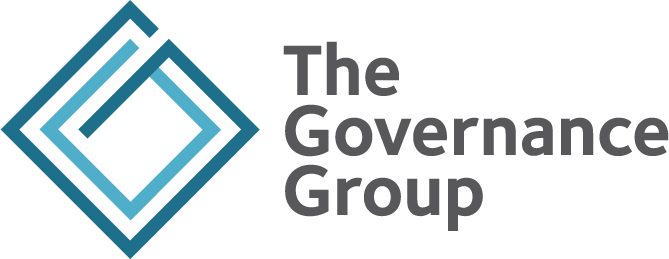Essentials for Productive Board and Committee Work
We’ve all been there: Someone puts up a PowerPoint at a meeting, says they won’t read it all and then proceeds to recite the whole thing word for word…sigh. Or maybe the Chairperson says, “Let’s keep this quick,” but doesn’t have an agenda and starts slipping into a storytelling spiral.
Meetings make up an important role in governance, but they can be fraught with time-wasting detours, unanticipated additions and technical hiccups. Therefore, knowing how to avoid such perils should be at the top of everyone’s agenda.
Running effective Board and committee meetings is easier than most people think. Doing so, however, requires both the right tools (and knowing how to use them) and a solid understanding of what characteristics make up a well-run meeting.
Tools to Keep Meetings on Track
To help ensure a successful and efficient meeting, a set of practical, well-chosen documents and procedures will keep discussions focussed, decisions clear and everyone’s time respected. Core essentials include:
- Annual Board workplan, goals/outcomes and annual calendar
- Clear criteria for what belongs on the agenda, followed by a properly structured agenda
- Consent agenda
- Agreed-upon meeting ground rules
- A process and schedule for monitoring and oversight activities
- A process for handling information and reports (see Consent agenda)
- A Chair who knows how to run an effective meeting
What Makes A Meeting Work
In addition to the tools, productive and short meetings share key characteristics that keep them focussed and respectful of participants’ time. They include the following:
- Start and end on time
- Follow an agenda that can be achieved in the time allocated for the meeting
- Base agenda items on the Board or committee’s work plan
- Use a Consent Agenda where appropriate
- Clearly set out objectives for each agenda item on the agenda sheet
- Allow last-minute additions to the agenda only if they are urgent and require immediate attention
- Come to the meeting having read the materials in the Board package and prepared to discuss agenda items
- Ensure board and committee package materials are relevant to the items on the agenda
- Discuss reports at the Board meeting only if they require a decision; otherwise, review them in preparation for the meeting
- Keep the discussion on track and effectively manage the meeting process
- Provide opportunities for everyone to participate
- Actively listen to one another, ensuring all participants feel respected and heard
- Follow agreed-upon ground rules during the meeting
- Allocate ample time for discussion of key issues and topics
- Ensure all Board members play an active role in helping the meeting run effectively
- Achieve objectives for all agenda items
- Ensure participants feel that the meeting was productive and a good use of their time
- Foster a sense of accomplishment among participants
- Promote a high level of buy-in for results and decisions
The right tools, clear agendas and focussed participation will help achieve shorter, more meaningful meetings.
Our practical workshops and tools can help Boards stay focussed on both big-picture priorities and day-to-day details. Please have a look at our free resources or get in touch with us for tailored support and guidance.
